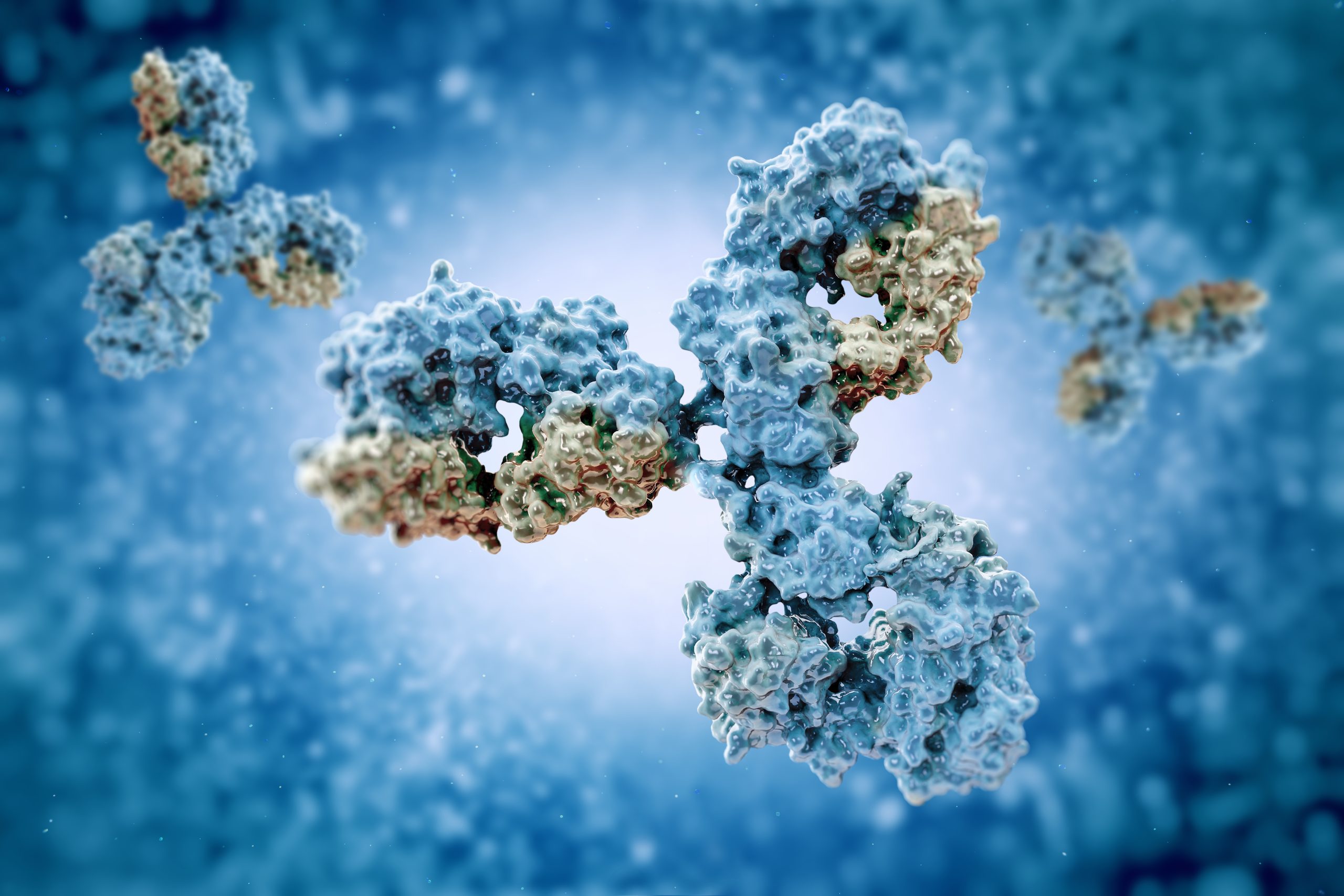什麼是等溫滴定量熱法(ITC)?
Neil Demarse | Morgan Ulrich
March 14, 2022

ITC常見應用
等溫滴定量熱法測量在研究生物分子相互作用的任何領域都有一定的地位。常見應用包括測量蛋白質-蛋白質、蛋白質-核酸和蛋白質-膜的相互作用,這是生成大分子複合物的關鍵,對藥理學研究至關重要。
ITC的一個不斷擴大的應用領域是疫苗研究。所有的藥物相互作用都可以被認為是一種雙分子,或高階的分子間相互作用。其他類型的生物物種之間的互動也是如此,包括對入侵宿主的免疫反應。
ITC如何助力改進疫苗研究?
由於等溫滴定量熱法可用于高精度地確定溶液中的鍵合作用強度,該技術對疫苗開發非常有用。等溫滴定量熱法可用於快速篩選與單克隆抗體和mRNA有正確類型的結合相互作用的物種,從而助力找到用於疫苗的合適候選物質。
ITC儀器是如何工作的?
等溫滴定量熱儀對參比池和測量池的輸出進行比較。與其他量熱測量一樣,兩個反應池被封閉在一個絕熱套中,以減少與周圍環境的相互作用。
這些反應池的設計應盡可能地接近相同。參比池含有與測量池中使用的類似的緩衝溶液,並有一個連接到測量池的參考加熱器。
在測量池中對感興趣的大分子進行滴定時,系統中會有一個焓值變化。由於這一反應導致溫度變化,而兩個樣品和參比池是由高效導熱合金連接的,因此參比池中的溫度開始變化。測量保持參比池恒定所需的加熱器的功率,並用於記錄鍵合事件的整體熱化學過程。
TA Instruments
TA Instruments提供一系列的等溫滴定量熱儀,助力進行生命科學中最具挑戰性的測量實驗。由於許多分子間的相互作用和鍵合能量可能非常弱,TA Instruments公司設計的等溫滴定量熱儀的測量設備敏感度高,並具有出色的基線穩定性。
TA Instruments 公司提供納米等溫滴定量熱 儀和Affinity ITC,上述儀器設計直觀、使用簡便,同時又兼具卓越的測量性能。由於小容積反應池是珍貴的疫苗材料的理想選擇,Affinity還可以與96孔自動進樣器整合,從而加速開發過程。
聯繫TA Instruments,瞭解生命科學應用,從藥物到疫苗開發,如何從行業領先的ITC測量的可靠性、準確性和可重複性中獲益。
參考文件:
- Ghai, R., Falconer, R. J., & Collins, B. M. (2012). Applications of isothermal titration calorimetry in pure and applied research–survey of the literature from 2010. Journal of molecular recognition : JMR, 25(1), 32–52. https://doi.org/10.1002/jmr.1167
- Pluschke, G., & Mutz, M. (1999). Use of Isothermal Titration Calorimetry in the Development of Molecularly Defined Vaccines, Journal of Thermal Analysis and Calorimetry, 57(1), 377-388. https://doi.org/10.1023/a:1010162429900
Other Resources
- Application Note – Characterizing Virus Structure and Binding
- Application Note – Characterizing Protein – Protein Interactions by ITC
- Application Note – Characterization of Biopharmaceutical Stability
- Application Note – Advances in Native Binding Assays
- Application Note – Determining Thermal Stability of Antibodies with a Nano DSC
- Application Note – A Novel Thermodynamic Assay for Predicting and Monitoring Biomolecular Structure Stability
- Webinar – Biophysical Characterization of Antibodies in a Suspension: Solutions for Slurries
- Webinar – Biophysical Characterization of Antibody Drug Conjugates Using DSC
- Instrument – Nano DSC
- Instrument – Isothermal Titration Calorimeters (ITC)
- Instrument – Isothermal Microcalorimeters
- Contact – Contact TA Instruments Today

